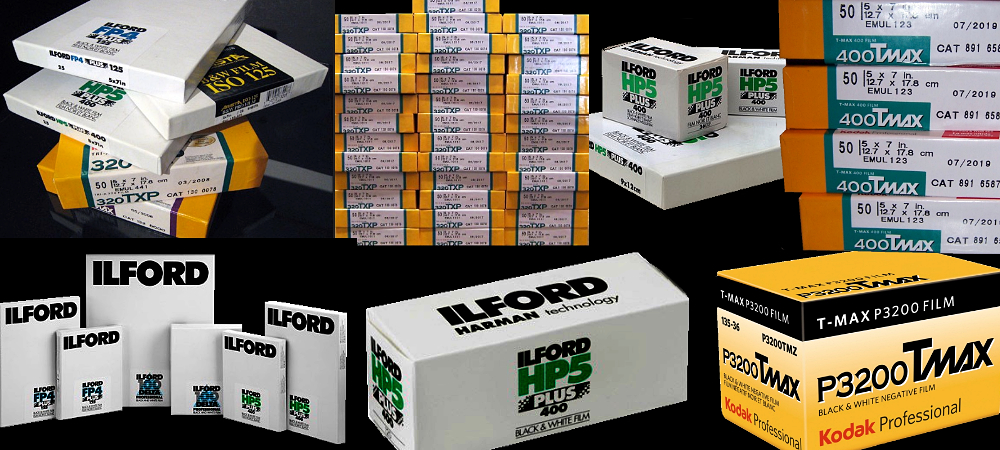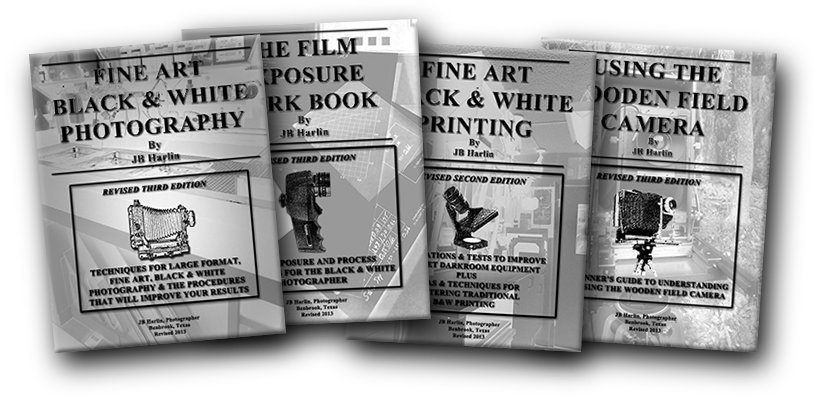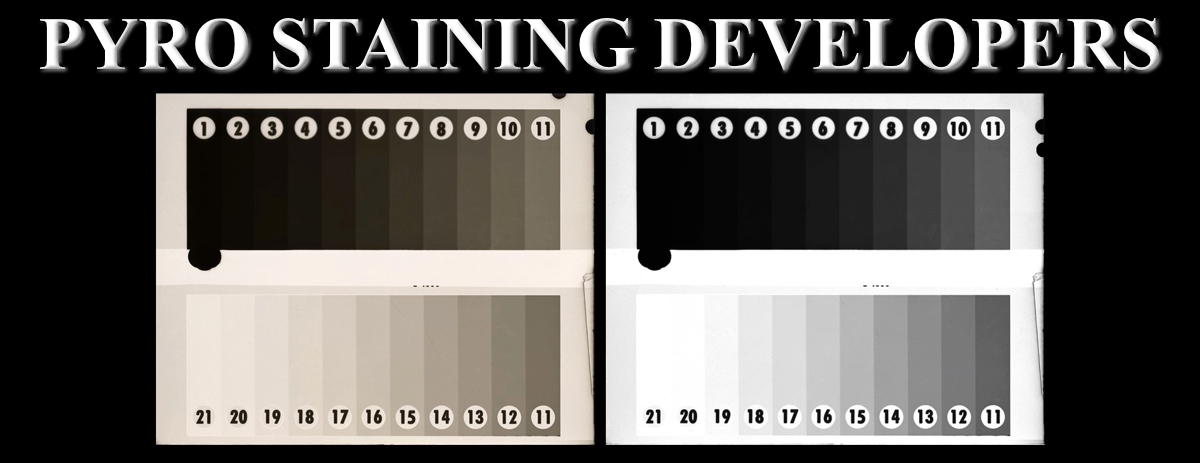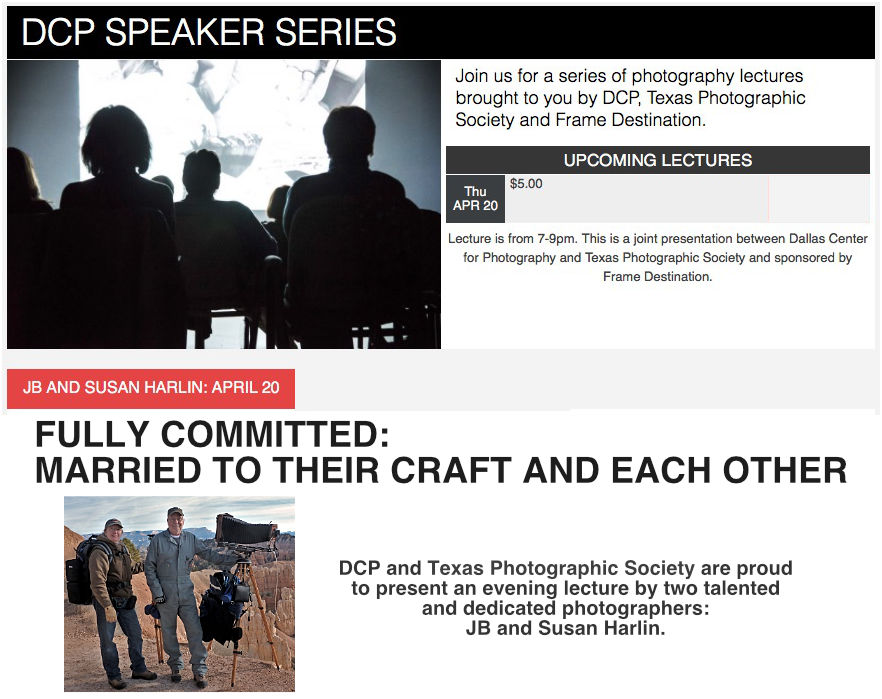darkroom
WHAT IS YOUR LEVEL OF DEDICATION?
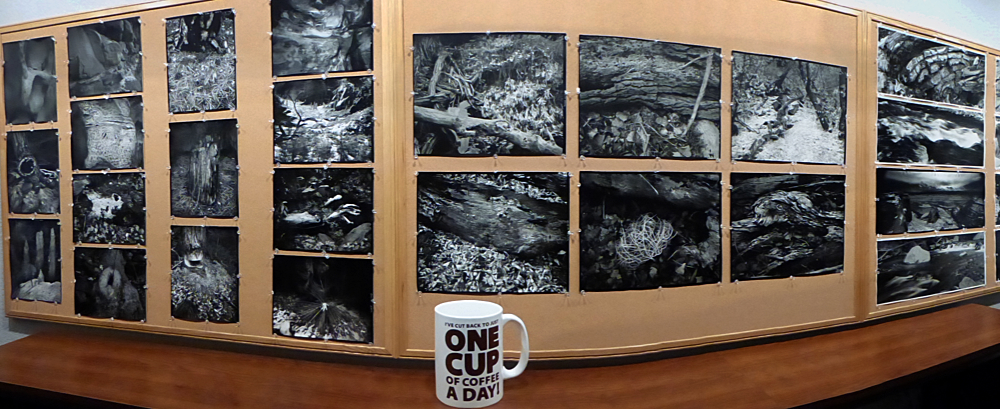
There is an old photographic saying that goes something like; “if you buy a camera, you are a photographer; if you buy a piano, you own a piano.” No matter what your experience may be with the camera and making photographs, my question for you is, what is your commitment to photography? Are you dedicated to making photographs? Do you make prints? Or, are you only interested in the hardware?
When I think of what a truly dedicated photographic artist would look like, I think of Edward Weston. He lived a very simple life. He was not a camera aficionado. Edward did not have an elaborate darkroom. Yet he created some of the most influential photographs of his time. He was all about the finished image. Certainly he was a master of his technique and the hardware he used. But technique and hardware were only the tools he used to do what he loved.
One trend I find disturbing is that people today do not make prints. There is something very special about a finished print. Whether held in an album, or framed on the wall. Just the act of making a print says there is something special about this particular photograph. It requires, even demands you look! Not a casual glance, but to really take the time to look at what is there.
I don’t care what hardware you use, do you make finished prints? Do you feel your time, money and effort is worthy of making a print? Do you go out and shoot several hundred images, look at them maybe once then discard them? Why not go out with the intention of making only one photograph which you will then take the time to make a finished print from? Why not intentionally go and make only one or two, or three photographs? Then choose the best, and take the time to make a print. Hang it on your wall and live with it. Show it to everyone you know.
Maybe, just maybe if you made prints and did it often, you could influence others to do the same. Why not be different? Why not get out of the rut of snap, look and discard? Why not demand that people look at what you do? Make a statement! Do it to the best of your abilities. Make a finished photograph. . . make several. Be tough on yourself and make photographs that say something to you. If you reach others, then you are doing something worthy. You are expressing yourself and not just flashing something on a little screen to immediately forget and discard.
Why not be a trendsetter? You never know, you might even surprise yourself!
JB
PRE-SOAK FILM; YES/NO
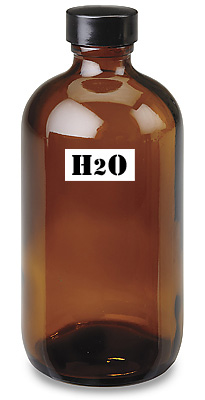 Here is another one of those subjects that seem to come up and usually divides those that participate in the discussion into two distinct camps. Do you pre-soak your film, or not? For me, there is no other choice when processing sheet film. I process in trays, multiple sheets, using the shuffle method. I have done this for as long as I have been using sheet film. In fact, I have always pre-soaked film, even back in the days I processed 35mm and roll film in a tank.
Here is another one of those subjects that seem to come up and usually divides those that participate in the discussion into two distinct camps. Do you pre-soak your film, or not? For me, there is no other choice when processing sheet film. I process in trays, multiple sheets, using the shuffle method. I have done this for as long as I have been using sheet film. In fact, I have always pre-soaked film, even back in the days I processed 35mm and roll film in a tank.
A pre-soak is absolutely necessary when using the shuffle method in trays. If you drop a pile of sheet film into the developer dry, you will end up with a pile of film all welded together. Each sheet has to be placed into the pre-soak tray, one at a time, and allowed to sit for a few seconds to insure each is adequately wet before adding the next. Once I have all of the film in the pre-soak, I begin to shuffle, start the timer and continue for a minimum of three minutes. The stack is then lifted out of the tray, allowed to drain, then it is off to the developer.
As a friend has said on numerous occasions, he believes not pre-soaking is only a manufacturer’s way of trying to speed up the process for those that do not want to add an extra step. Pre-soak not only keeps sheet film from sticking together, I believe it allows for more even development, since the emulsion is already wet and prepared to better and more uniformly absorb the chemistry.
I have never seen any ill effect from pre-soak and I would not hesitate to recommend it to anyone that asks. Though, I am sure there are others that will tell you all about how it is not what should be done. One thing you will notice is the pre-soak water will have some color to it when you turn on the lights. This is simply dye in the film emulsion, and depending on the film, ranges from light blue, to a nice bright green.
So, pre-soak or not. . . this one is up to you, but if you ask me I would say definitely yes.
JB
FILM; STILL ALIVE AND KICKING!
And they said it wouldn’t last! Hmm. . . seems that has been said before. What am I talking about? Well. . . FILM of course! It’s amazing to see the resurgence in the interest in and the use of the worn out old technology of photographic film. Sort of like vinyl records, tube amplifiers, buggy whips and saddles. What becomes old is new again. I honestly had this feeling something like 15-20 years ago when that tired old chant started; Film Is Dead. I didn’t believe it then and now it looks like I was correct in my assessment. I didn’t fall for the sell your film gear now while you can still get something for it. Truth is, we bought even more film gear. And what is happening now? The prices of film photographic equipment is once again rising. All of the manufacturers closed up shop and went chasing after high-tech gizmos. And now, suddenly there is a growing market with a finite supply of hardware. You have to choose what you can find used or refurbished. How could that happen? What is going on in the world of photography?
It’s all because of young people. They grew up with all that techno stuff and one day someone, like me, showed them there is something else. Something different. . . Wow! A different way of seeing, creating, photographing. . . making your artistic statement. The key word is different. Fred Picker used to say, “different is not the same!”
I hear all kinds of comments. Look at the size of that camera! You can still get film for that? You can get film that big? Oh, you make prints? And the look of them! That seems to be something else that is new to the younger generation. I grew up looking at photo albums put together by my family. You didn’t have a little screen to view your snapshots instantly as you made them. You had to send the film off and wait! And those prints you got back in that envelope had value. You didn’t make a thousand snaps and pick one to look at once and then discard. You kept real printed photographs and looked at them over and over. And if one was really special, you had an enlargement made!
Yes the story of film and film cameras has come full circle, just as I had predicted way back in the Film Is Dead days. I said there would be a mass exodus by film and film camera manufacturers. But I also said that film would not go away. There would always be someone out there that would keep making it. Because there are those of us that are not willing to give it up. I predicted there would be someone to fill the niche market. I also predicted the price of film would go up. . . and it has. But, what is the cost of what you love? How can you put a price on that which you have spent most of your life learning, exploring, refining and experimenting with?
Another thing I feel strongly about is knowledge and passing it on to future generations. I feel it is near a responsibility to preserve what you have spent a lifetime learning. This commitment led to the four book series that Susan and I put together and self-published 20 years ago. Those books have been revised and are now available in e-book format. Through our web site and this Blog we have further endeavored to highlight what we do and how we approach photography as an art form.
It’s been an interesting and fulfilling journey to this point and that journey is just beginning. I feel I can now say with confidence, FILM IS NOT DEAD!
JB
PYRO DEVELOPERS; SUBTLE YET DIFFERENT
When you go into your darkroom year after year and print your negatives, you slowly become acutely aware of the most minute changes in image quality. It’s this intimate contact with your craft and subject that allows you to see the minute changes that the materials and process make. The prints you made in years past may now seem to be lacking. Even those negatives you were never quite able to interpret into a suitable finished image may somehow come alive when you apply new wisdom and technique. Everything in the chain of events, from the camera to the finished photograph can and will make a difference. Some can make a vast amount of difference; others can be very small. Yet they all add together in the finished print.
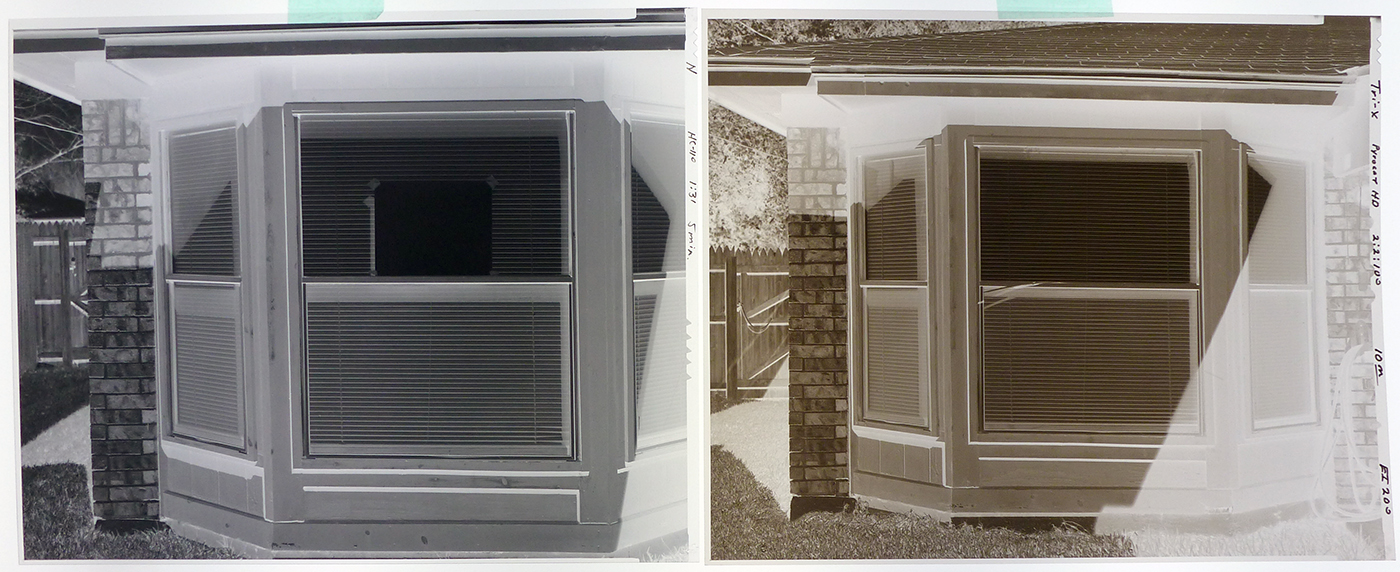 When we first started working with Pyro developers it took some time to realize exactly how the different look and feel of the film would translate into the finished print. There are those that say there is no difference between different film developers. They may also say there is no difference in the film you choose. That is like saying there is no difference between Ford and Chevy; no difference between red or white wine. Maybe for some this may be the case. But for those that take the time to really look and absorb the image, there is always a difference. Fred Picker said, “different is not the same!”
When we first started working with Pyro developers it took some time to realize exactly how the different look and feel of the film would translate into the finished print. There are those that say there is no difference between different film developers. They may also say there is no difference in the film you choose. That is like saying there is no difference between Ford and Chevy; no difference between red or white wine. Maybe for some this may be the case. But for those that take the time to really look and absorb the image, there is always a difference. Fred Picker said, “different is not the same!”
Never let the opinion of someone else dictate your choices; either in life or photographically. You need to prove all things for yourself. Never fall prey to hearsay. Test everything for yourself. If you feel the need to explore Pyro developers, by all means take the time to do your own testing. To really know, you have to find the answers for yourself. A quick dabble will not do. You need to establish your personal film speed and developing time. Then go out and make photographs in the real world. And not just a few photographs, but a lot; over time; test; adjust as needed. Give yourself at least a years worth of real photography. Then you will have enough experience to make a really personal and informed decision.
Is there a real difference in a Pyro film developer? This is a question you will have to answer for yourself. Just do not fall into the trap of depending on someone else to make the decision for you. Pyro was good enough for Edward Weston, Morley Baer and many others. If we could only ask them their opinion.
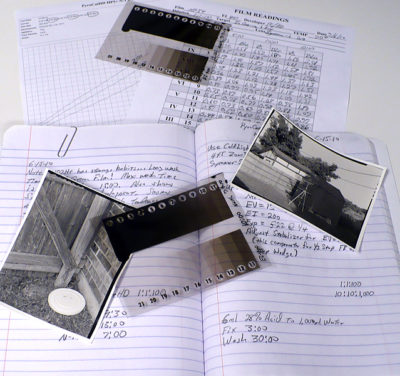 Over the past 20 or so years Pyro film developers have again become popular, with modern reformulations for modern film. John Wimberley, Gordon Hutchings, Sandy King, Jay DeFehr, among others, have done a lot of research and have formulated numerous reincarnations of Pyro film developers, specifically designed for use with modern film. Steve Sherman, Bob Herbst, Michael A. Smith and Steve Simmons have written extensively about Pyro developers and their unique qualities. Susan and I have made our choice based on our own real world experiences. We join with the many others that are also Pyro developer users.
Over the past 20 or so years Pyro film developers have again become popular, with modern reformulations for modern film. John Wimberley, Gordon Hutchings, Sandy King, Jay DeFehr, among others, have done a lot of research and have formulated numerous reincarnations of Pyro film developers, specifically designed for use with modern film. Steve Sherman, Bob Herbst, Michael A. Smith and Steve Simmons have written extensively about Pyro developers and their unique qualities. Susan and I have made our choice based on our own real world experiences. We join with the many others that are also Pyro developer users.
ILFORD PHOTO ULF CUSTOM FILM RUN 2018
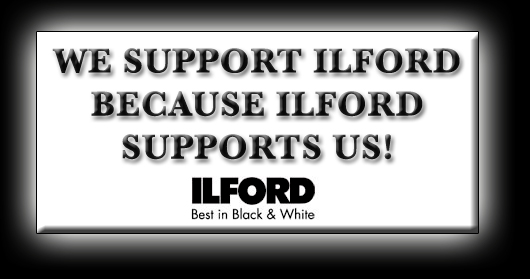 Time to order your Ilford ULF film. You have until Friday 25th May 2018 to place your orders with participating Dealers. Your order will start shipping in August and you should check with your local ULF reseller for expected arrival dates.
Time to order your Ilford ULF film. You have until Friday 25th May 2018 to place your orders with participating Dealers. Your order will start shipping in August and you should check with your local ULF reseller for expected arrival dates.
This annual campaign allows ULF photographers the opportunity to order selected sizes of ILFORD sheet film and other specialist products without the constraints of the usual minimum order quantity.
You will find more information HERE.
IS A PYRO FILM DEVELOPER RIGHT FOR YOU?
The first time I used pyrogallol was unforgettable. During lunchtime on a hot summer day in 1970, I left work and climbed a hill nearby to expose some test negatives. That evening, I tray processed the 4×5 Plus-X in Kodak D-1, a classic version of “ABC Pyro.” When I turned on the light, what I saw made my heart pound. The negatives were beautiful: tones were spectacularly differentiated throughout the density range, especially in the highlights. And what sharpness! I knew I’d finally found my developer.*
-John Wimberly-
I believe that an artist is never satisfied. As photographers, we all started somewhere. For me it began many years ago; more than I care to count. I can remember when it was a thrill, almost magic, to just get something from the camera to a finished print. My early attempts now do not excite me that much but they were where I started and I cannot deny my vision and skills have changed over the years. My wife and I have continued to hone our photographic vision and skills and we continue to evolve. The journey through creativity is never ending.
So, what does this all have to do with developers? Film, camera, lenses, chemicals and process are all only a means to the end product; the finished print. Each item alone may or may not be of major significance, but everything plays a roll all the way to the end. For many years we used Kodak HC-110 film developer. I fine tuned the developing times and even had my own dilution that I called Dilution JBH. We have hundreds of LF and ULF negatives processed in HC-110. This is about the best film developer you can use if you are just starting out. I am not a practitioner of the film of the month club nor the developer of the month club either. I believe you choose carefully, then spend your time wringing everything you possibly can from your choices. But, as I say, an artist is never satisfied. There is always that little something more.
This drive for continually progressing forward is what led me to begin exploring Pyro developers. I did a lot of research. We both did a lot of real-world testing, using numerous Pyro film formulas. This quest turned into several years of experimentation, but we both feel we learned a lot and did find that little something extra. We both agree the effort was well worth the time we invested.
Pyro film developers are different. Though the difference is very subtle and really cannot be fully appreciated unless you have some experience with the more traditional developers. I would never recommend that a newcomer to film photography start with a Pyro developer. You need to refine your skills first with a non-staining developer, so you will see the minute differences a Pyro developer creates.
JB
* “PyroTechnics Plus: Formulating a New Developer” by John Wimberly, Photo Techniques Magazine, March/April 2003, p.34-37
Print Your Legacy – John Sexton
I believe that every photographer, regardless of your skill level, chosen format or commitment to the medium, should watch this and listen carefully to what John Sexton has to say.
You can find more videos from other photographers on the Epson Print Your Legacy web site.
All I can add is: Don’t forget to Make Prints!
JB Harlin
THANKS EVERYONE FOR COMING OUT!
We would like to thank everyone that attended our presentation last Thursday evening at the DCP. We had an energetic group of photographers and photography enthusiasts. A special thank you to the DCP for including us in their 2017 DCP Speaker Series, the Texas Photographic Society and Frame Destination! Here are a few photos from the evening courtesy of Courtney. . .
JB & Susan
DCP SPEAKER SERIES; 04/20/2017
Hello Everyone; Mark your calendar for April 20, 2017 and join us at the DCP for an evening of traditional photography. We will be giving a talk titled “FULLY COMMITTED: MARRIED TO THEIR CRAFT AND EACH OTHER.” We will also have cameras and associated gear, along with a few original photographs on display.
Looking forward to seeing you at the DCP!
JB & Susan

